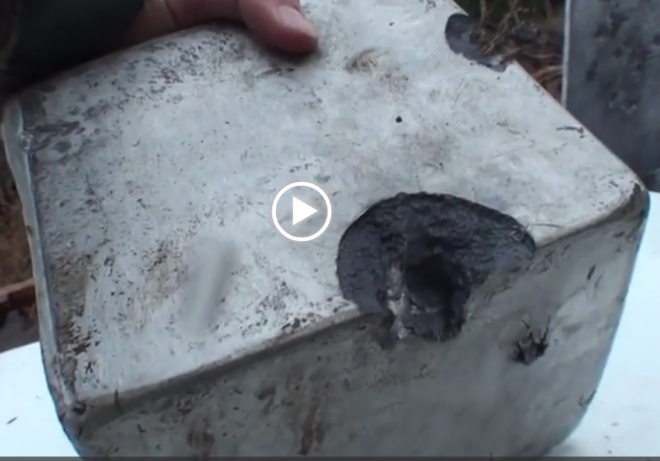While your standard tin foil is, of course, not bulletproof, there is a long history of using aluminum for armor in fighting vehicles. Its relative strength to density (and therefore weight) makes it ideal for a variety of applications that need rigidity and strength. Given this, it’s easy to see how it’s proliferated across the firearms industry with the AR platform being the prime example.
The most commonly known is the M2 Bradley, Infantry Fighting Vehicle, which had an early reputation for being a bit, shall we say, “easily penetrated?” Since its introduction, various steel and laminate reinforcement has been added to the weapons platform to increase its resistance to ballistic penetration, though many would argue that this armor is unnecessary as combat losses have been relatively minimal.
The video is a fun expose into terminal ballistics especially into soft materials (as the aluminum is cast, not forged), but it is sadly missing many details such as the type of aluminum. For example 7075 is stronger than 6061 as (both commonly used in the industry), but there are a fantastical array of alloys that have not been tested.
Still, it’s a fun expose into the behavior of materials to ballistic threat and how the depth of material has a significant impact on handling impact. Fortunately for us viewers, Matt and friends unfortunately accuracy shows the impact behavior on the edge of material.
Check it out below. Calibers shot range from .22LR to full API .50 BMG.
 Your Privacy Choices
Your Privacy Choices
